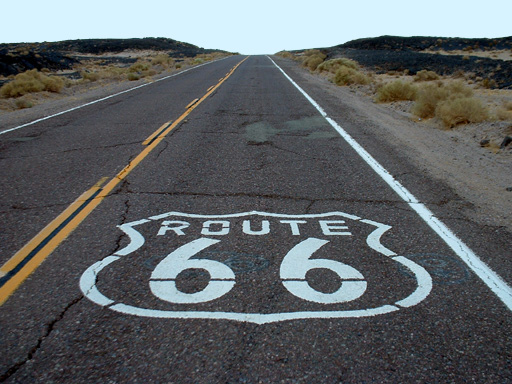Anyway, this morning's good mood didn't last very long - on the ride into work (13 miles) I was nearly taken out FOUR times by car and van drivers. The closest shave of the four was nearly getting T-boned by a car pulling straight out from between a row of traffic. The guy didn't look, wasn't indicating and came out at speed - he just didn't give a shit as long as he got to where he wanted to go. I, meanwhile, had to take evasive action and ended up swerving onto the pavement to avoid being knocked off.
We all know that any idiot can drive a car, just as we know that many drivers go into a sort of auto-pilot mode when behind the wheel. Drivers will hold conversations, listen to the radio, talk on mobiles, even eat and drink at the wheel - all the time supposedly in charge of a ton of metal with an engine in it. I've done it myself. In contrast, when it comes to riding a motorbike, WE have to devote our full attention. Riding a bike takes not only a significant commitment in learning to ride in the first place, but also requires a complete acceptance of responsibility for your own safety. It doesn't matter diddly if you were right or wrong in an accident, you are just as dead.
But why should one group of road users be allowed to be so blasé about driving standards? Having been riding and driving for some years, I decided to look at how the various driving tests are set up these days. There are some crucial differences, as you will see....
Currently, budding drivers and motorcyclists both have to pass a theory and a practical test. Both tests can be taken from age 17. Once through the car test, you are able to drive any car you wish, although the New Drivers Act means that you are ‘on probation’ for two years. So, if you reach six or more penalty points in that time, you’ll lose your licence. Then you’d be back to being a learner driver and having to start again. The rules for motorcyclists are far tighter. These are the current restrictions and age limits that apply:
- Age 16 - Moped riders are limited to a 50cc scooter and no faster than 50kph (31mph). You will need CBT first.
- Age 17 - Motorcycle riders can upgrade to a 125cc machine with a maximum power of 11kw (14.6 bhp) manual or automatic. You will need CBT first.
- Age 17 -You can take the A2 practical test for a full licence of 25 kwh/33 bhp (two year limit then automatically upgrades), or A1 which is taken on a machine of less than 120cc (this will restrict you to a 125 but no L-Plates). You will need CBT and Motorcycle Theory Test first.
- Age 21 - You are able to take the full direct access course (taken on a bike that produces at least 35 kwh or 47 BHP). You will need CBT and Motorcycle Theory Test first.
The letters "CBT" stand out in the list above and this is one of the key differences between learning to ride a bike as opposed to driving a car. Today, a learner motorcyclist has to complete a course called "Compulsory Basic Training" (CBT) before they even get to stage one of the test (theory). On successful completion of CBT, a certificate valid for two years will be issued. If the rider has not gained a full moped or motorcycle licence by the expiry of the CBT certificate, they will, if they want to continue riding on the public road, have to retake the CBT course and be issued with a new certificate. CBT has apparently been introduced to help reduce the high number of motorcycle related incidents on our roads. It is said that CBT will better prepare a rider to deal with, and make them aware of, the dangers associated with riding a moped or motorcycle. I'm sure that's true - equally, I'm also sure that this ignores the point that the greatest danger to motorcyclists comes from other drivers!
So why is there no mandatory CBT equivalent for learner drivers? Why are the odds stacked against motorcyclists in this way? Why is it that motorcyclists are deemed to be "the problem"?
I'm all in favour of improving road safety and the standard of driving generally. What I'm not in favour of is making bikers - and under-21s in particular - effectively second-class citizens. If they're old enough to pay taxes and die for their country in faraway lands, then they're old enough to be treated equally with car drivers. Why should people whose only wish is to get into biking be subjected to such strict rules that are so obviously unfair - when the REAL problem is elsewhere on our roads?











